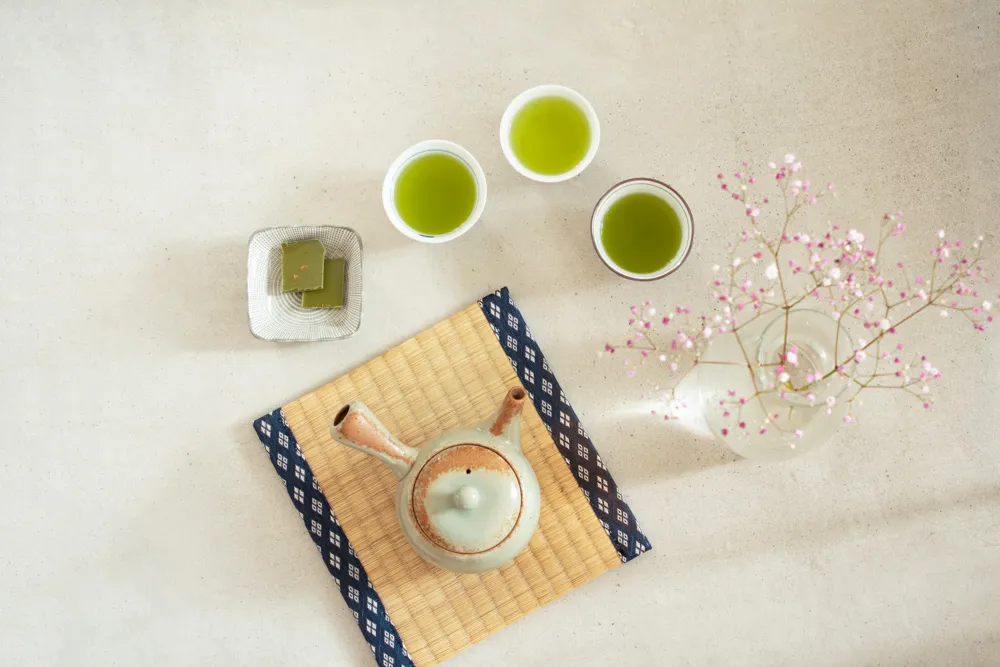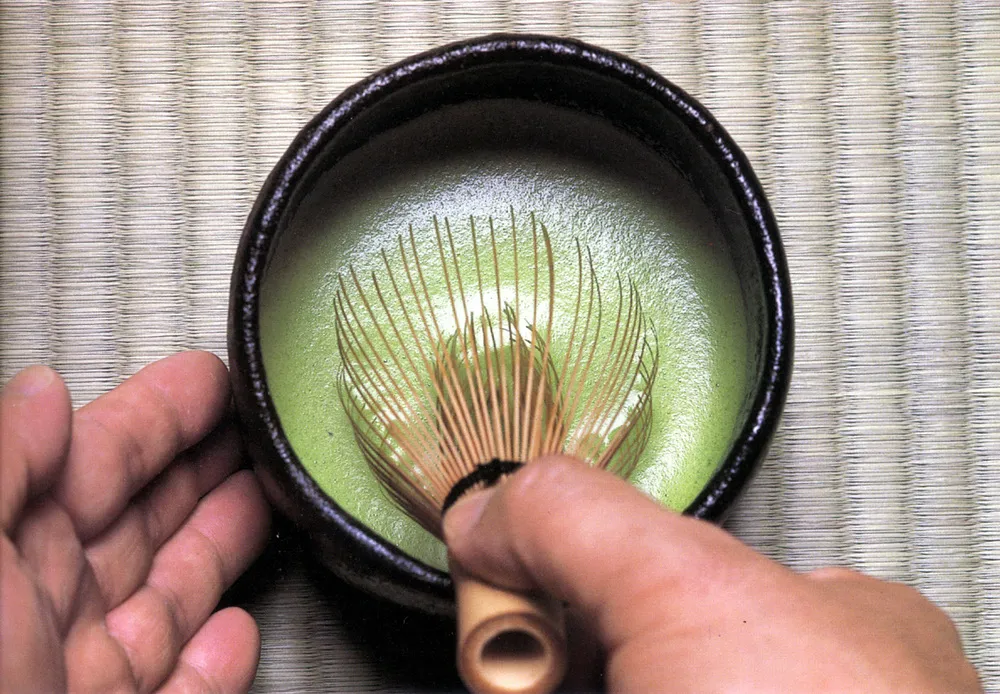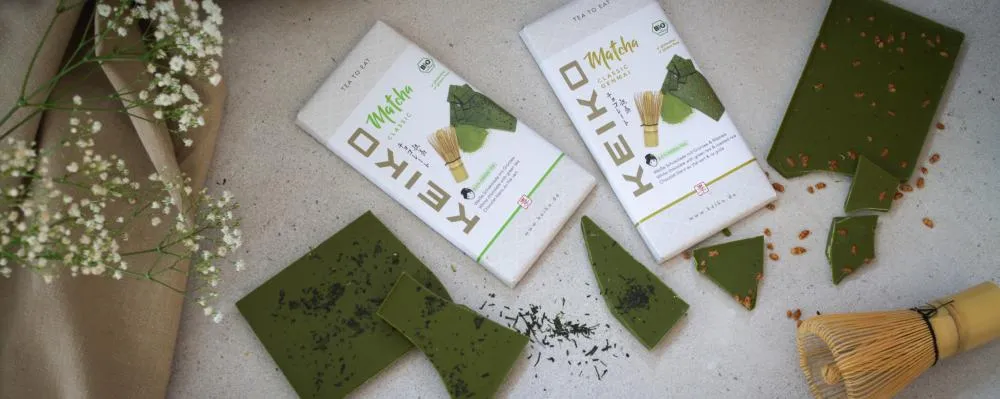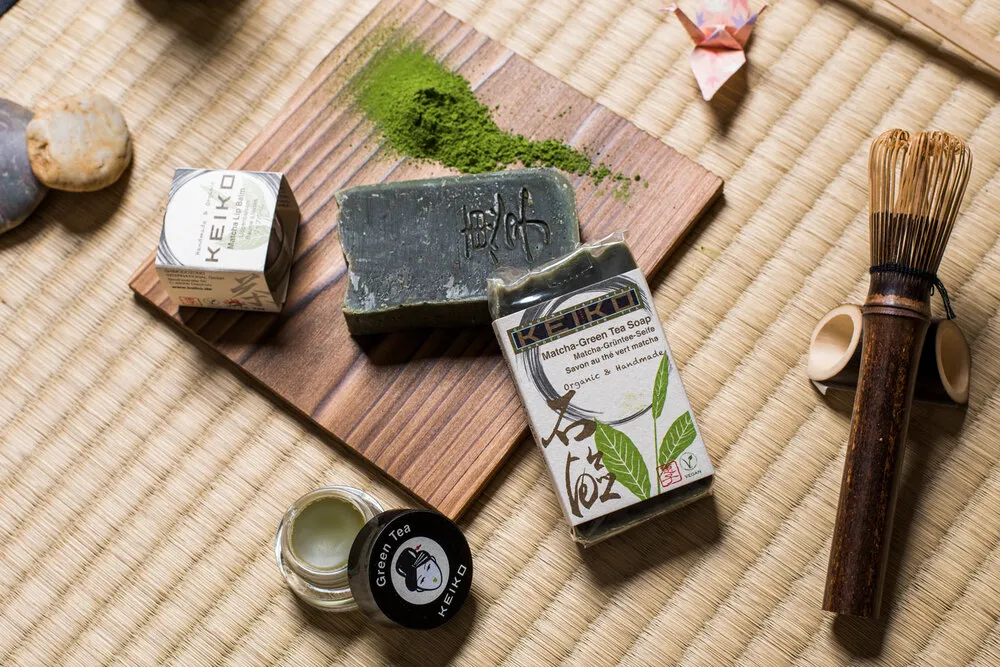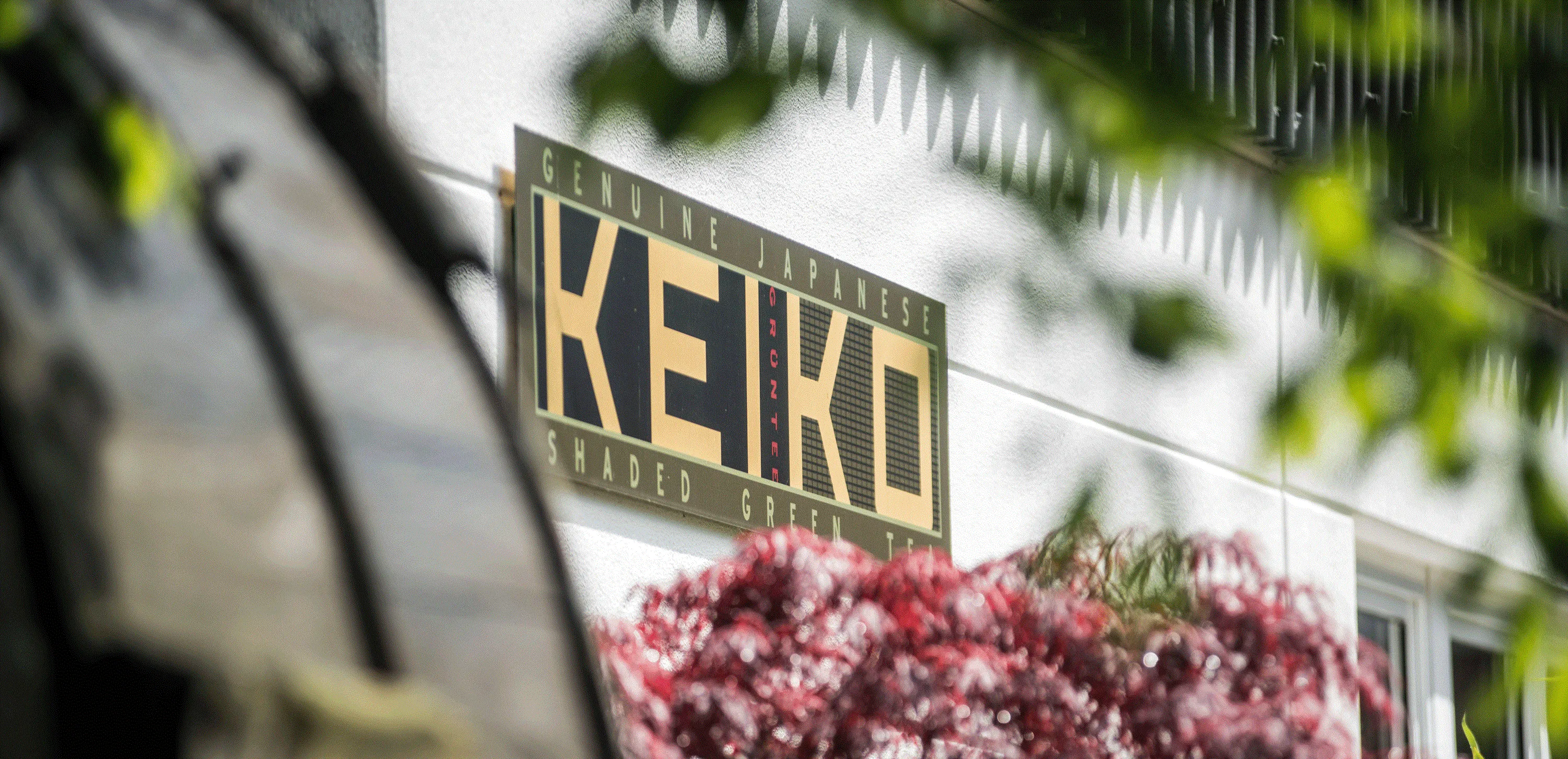Shino-yaki
志野焼
しのやき
One of the main forms of Mino ceramics. Made in Gifu Prefecture. The white, crackled glaze is characteristic of Shino-Yaki.
Example of a Shino bowl from Markus Hastenpflug's collection of individual pieces (sn2).
Shino ceramics are often white, but can also be grey (nezumi shino) or reddish (beni shino). Shino firing usually takes place at a lower temperature over a longer period of time so that the glaze is not completely burnt through. This creates the characteristic crackle pattern.
Shino-yaki ceramics originated in Japan in the 16th century, but are now widespread and are also used abroad. It is characterised by thick white glazes, red firing marks and a texture with small holes. Some experts believe that it should not be treated as distinct from Oribe ware, but should be described as "white Oribe", with the pottery normally referred to simply as Oribe being described as "green Oribe" instead.
The first Shino ware was developed in kilns in the Mino and Seto areas during the Momoyama period (1568-1600). The glaze, which consisted mainly of ground local feldspar and a small amount of local clay, produced a satin white colour. It was the first white glaze to be used in Japanese ceramics.

